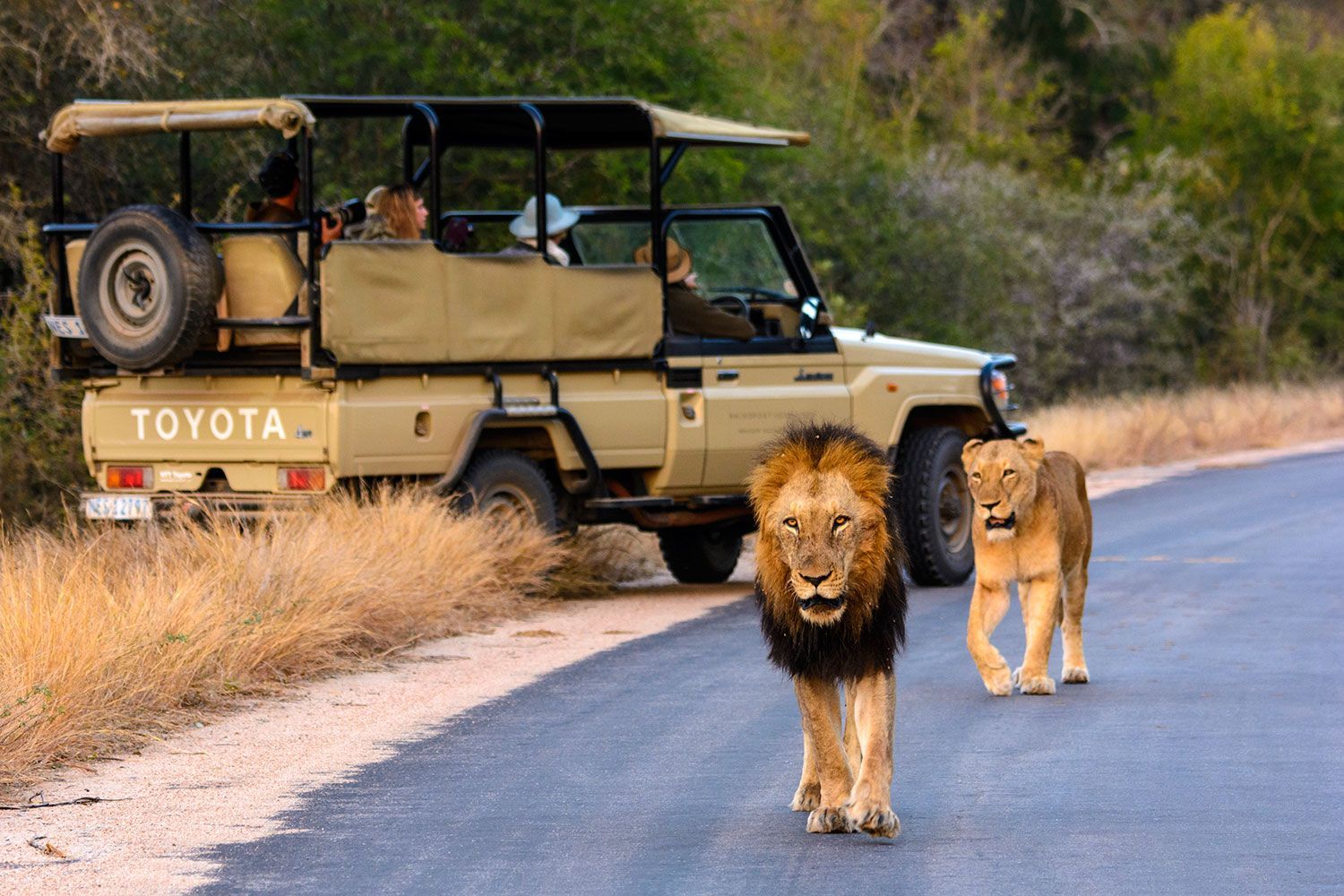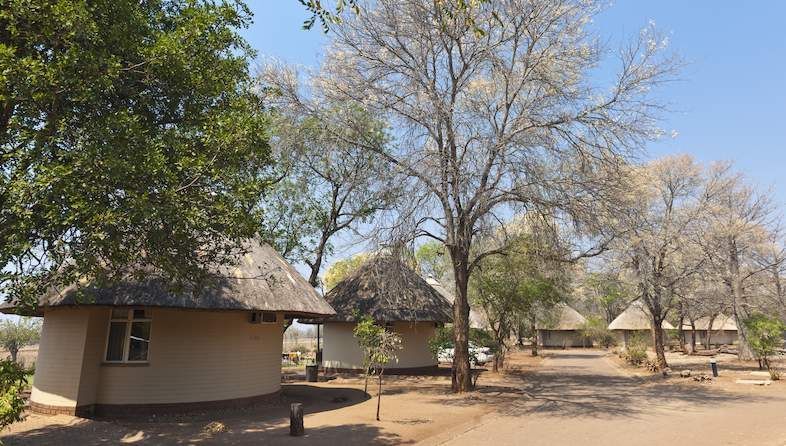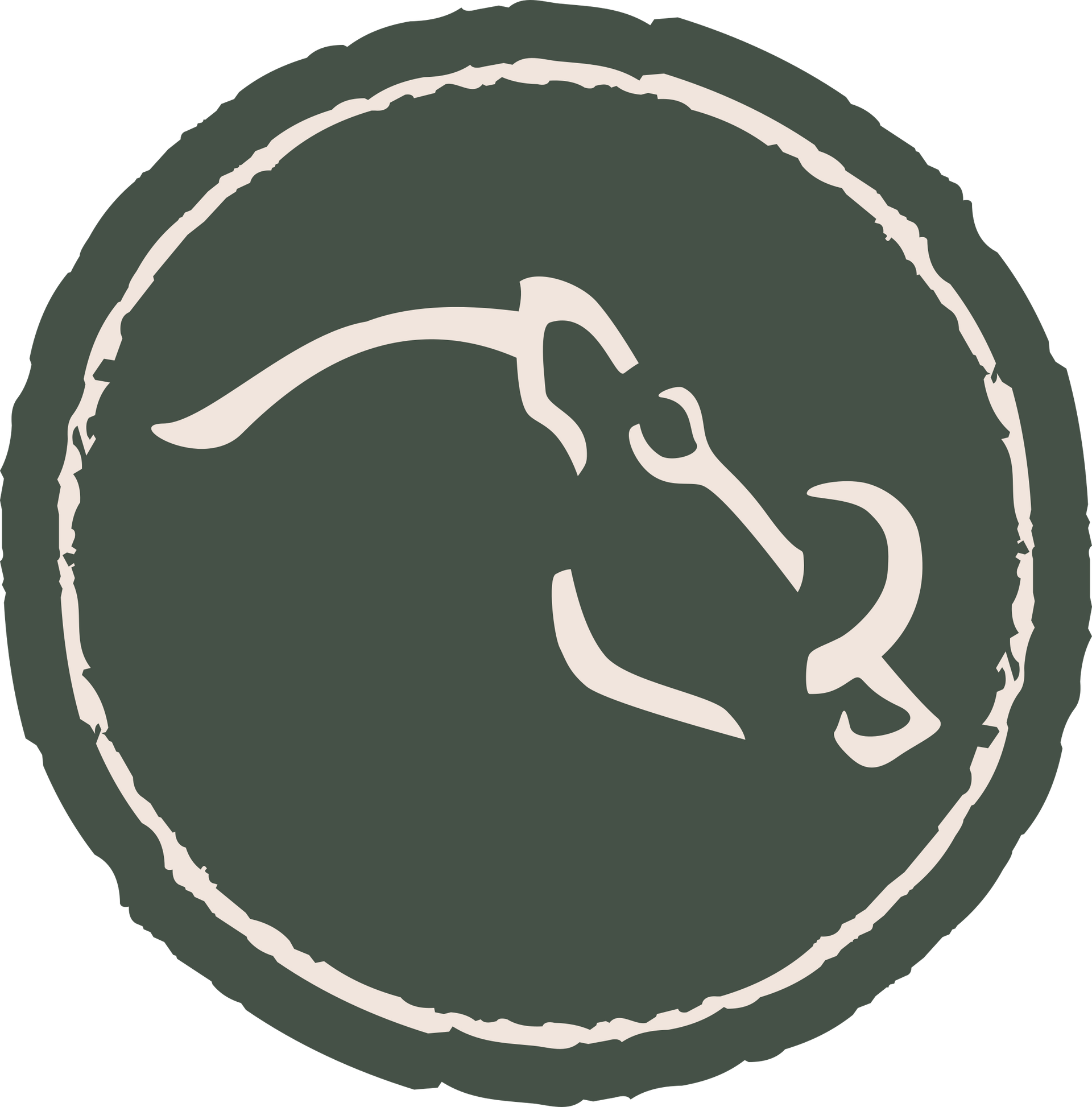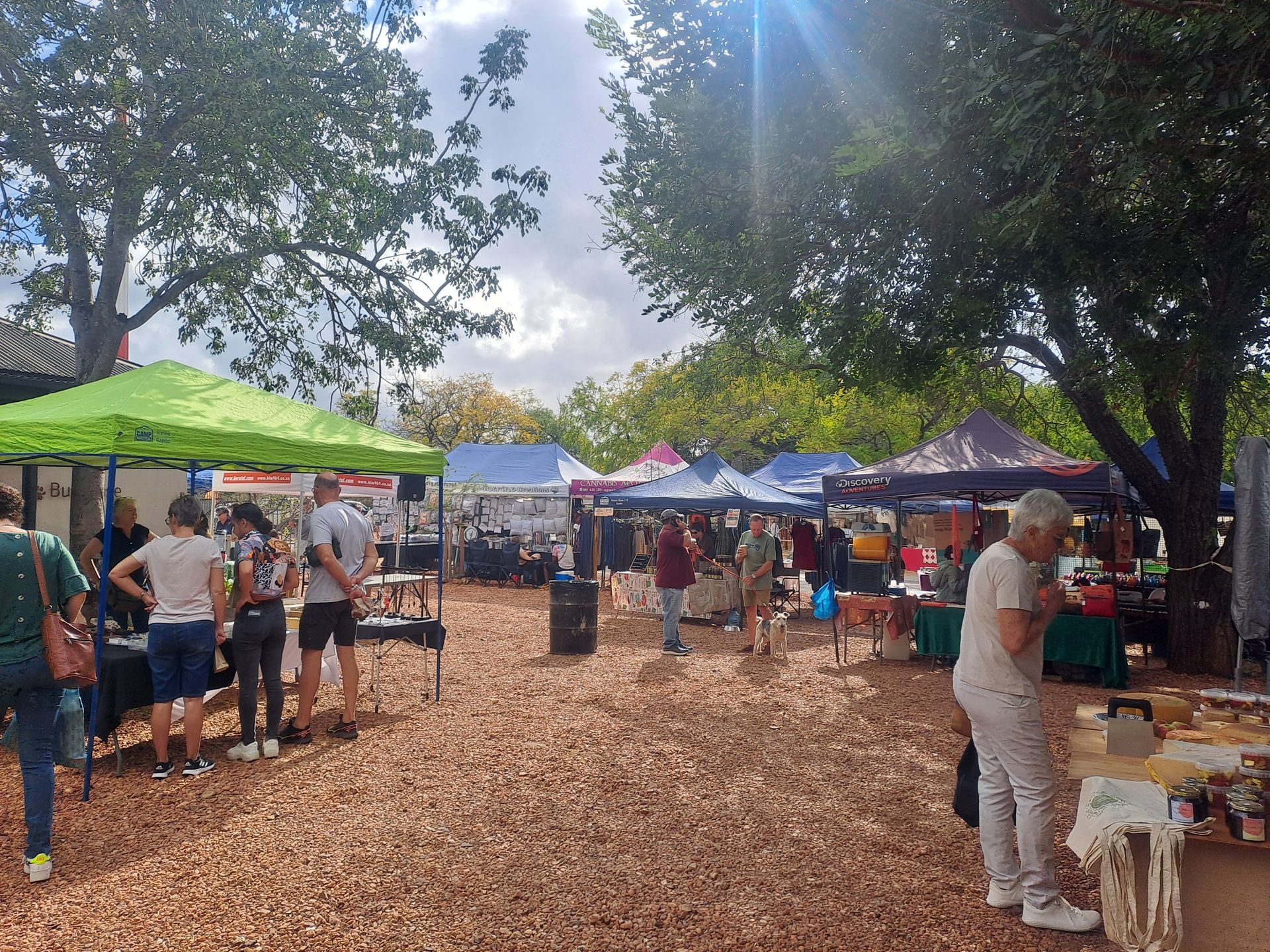Black Rhino in Kruger National Park: A Complete Guide
The black rhinoceros, a formidable and endangered species, stands as a symbol of strength and resilience in the vast landscapes of Kruger National Park. Encountering this elusive creature is a rare privilege and a testament to the park's commitment to wildlife conservation.
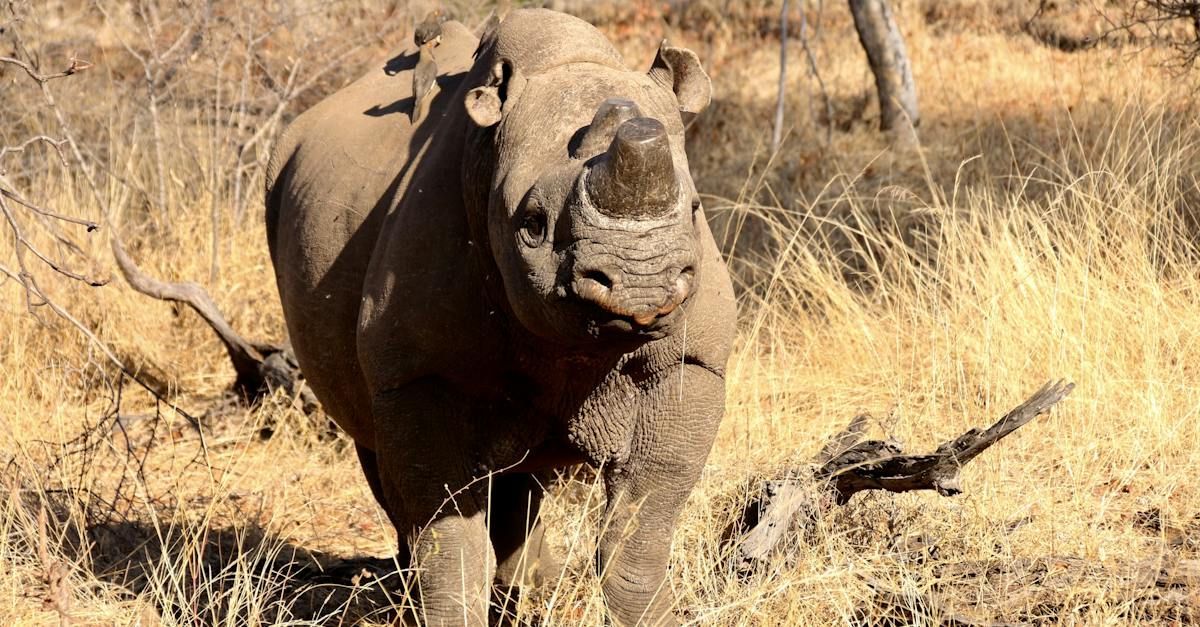
Why it's an Exciting Species to Encounter in Kruger
The black rhino's solitary nature, enigmatic behavior, and critical conservation status make it an exhilarating and significant species to encounter in Kruger National Park. Observing these magnificent creatures is a poignant reminder of the ongoing efforts to protect and preserve endangered wildlife.
Identification
Physical Characteristics
Black rhinos are distinguished by their hooked upper lip, which is adapted for grasping leaves and twigs. They have two prominent horns, with the front horn typically being longer. Their skin color varies from brown to grey, and they have a robust, compact build.
Unique Features for Easy Identification
The distinctive hooked lip sets black rhinos apart from their white rhino counterparts. Observing the shape and size of their horns, as well as any distinctive markings, aids in individual identification.
Fascinating Facts
Interesting and Lesser-Known Facts about the Animal
Black rhinos are known for their solitary and secretive behavior, often browsing in dense vegetation. They have a keen sense of smell and hearing, compensating for their relatively poor eyesight. Despite their solitary tendencies, they may occasionally tolerate the presence of other rhinos.
Its Role in the Ecosystem
As browsers, black rhinos play a vital role in shaping ecosystems by controlling vegetation growth. Their selective feeding habits influence plant diversity and contribute to the overall health of the habitats they inhabit.
Habitat and Range
Where in Kruger Can You Find This Animal?
Black rhinos are primarily found in the central and southern regions of Kruger National Park, favoring dense thickets and woodland areas. They are elusive and may be challenging to spot due to their preference for cover.
Preferred Habitats and Behaviors
Black rhinos prefer areas with ample cover, where they can browse on a variety of shrubs and trees. They are most active during the early morning and late afternoon, seeking shade during the heat of the day.
Best Times for Sighting
Seasonal Variations in Visibility
The dry season, from May to September, offers better visibility as vegetation thins, making it easier to spot black rhinos. Early mornings and late afternoons are optimal for game drives when these creatures are more active.
Preferred Times of the Day
Black rhinos are crepuscular, meaning they are most active during the dawn and dusk hours. Game drives during these times provide the best chances of encountering these elusive creatures.
Behavior and Social Structure
Behavioral Patterns and Interactions
Black rhinos are known for their solitary nature, and encounters with other rhinos are usually brief and may involve vocalizations and posturing. They are highly territorial, marking their territories with dung piles.
Social Dynamics if Applicable
While black rhinos are generally solitary, there may be occasional interactions, especially between mothers and their calves. However, these interactions are limited, and black rhinos do not form the social groups seen in some other species.
Conservation Status
Current Conservation Status
Black rhinos are critically endangered, facing severe threats such as poaching for their horns and habitat loss. Conservation efforts focus on anti-poaching measures, habitat protection, and community involvement to secure the future of this species.
Any Particular Threats or Challenges the Species Faces
Poaching remains the primary threat to black rhinos, driven by the demand for their horns. Habitat fragmentation and human-wildlife conflict further exacerbate the challenges faced by these iconic creatures.
Tips for Spotting
Key Signs to Look For
Look for fresh tracks, dung piles, and signs of recent browsing. Rhinos often leave distinct trails through dense vegetation. The presence of oxpeckers on their backs may also indicate their proximity.
Popular Regions within Kruger for Sightings
Areas such as the central plains, the Kruger Central Wilderness Trails, and the southern regions near Skukuza may offer opportunities to spot black rhinos. Patience and a keen eye are essential, given their elusive nature.
Encountering a black rhino in Kruger National Park is a moment of profound significance, underscoring the fragility of endangered species. As visitors, let's approach these encounters with reverence and contribute to the ongoing efforts to secure a future for black rhinos in the wild.
Additional Resources
Wild About Kruger
Explore the Wild About Kruger series, your comprehensive source for discovering the magic of Kruger National Park from the hub of Hoedspruit. Here, we delve into all you need to know, from incredible wildlife experiences to insider insights and travel arrangements.
Share This Article
Quicklinks
Related Articles
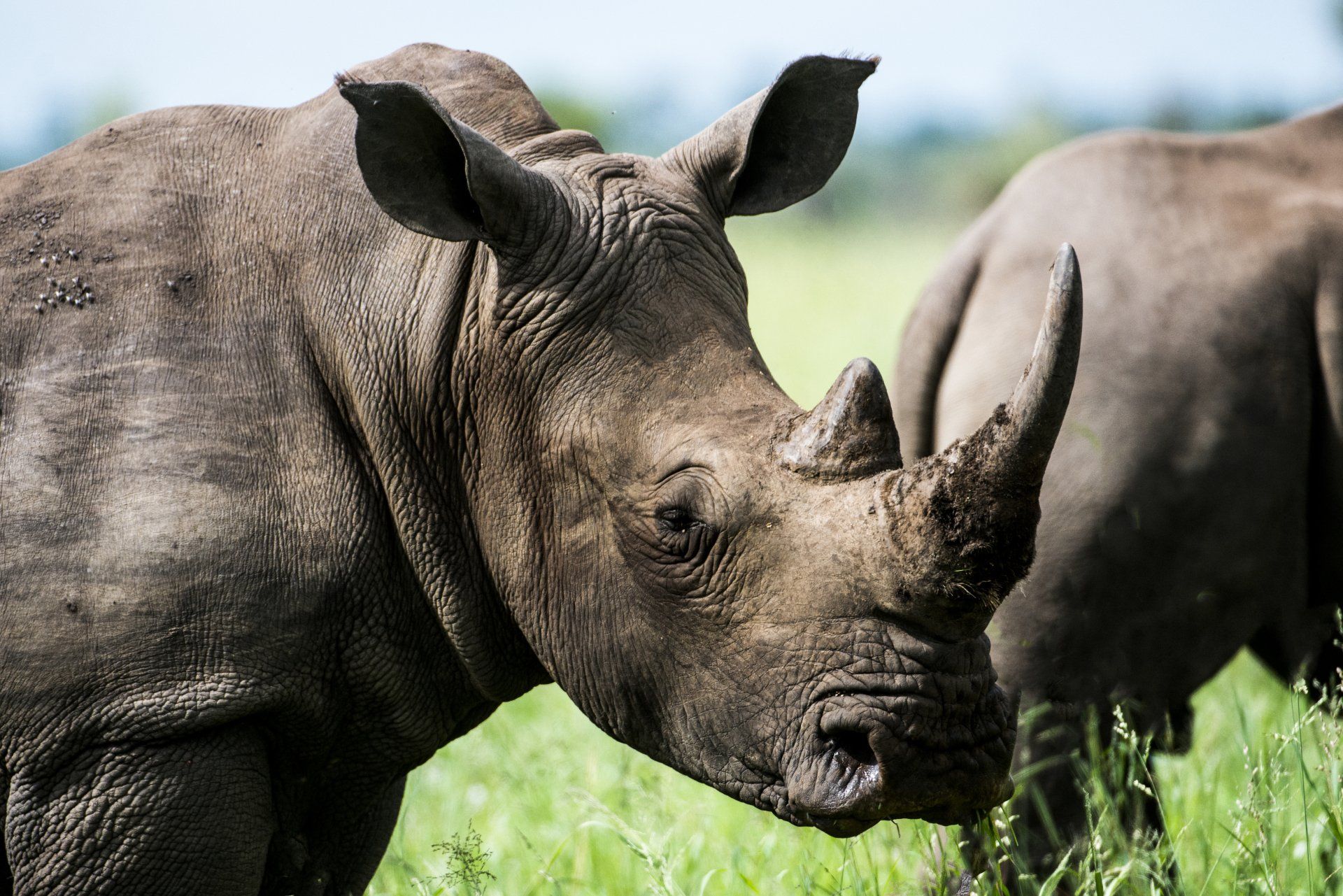
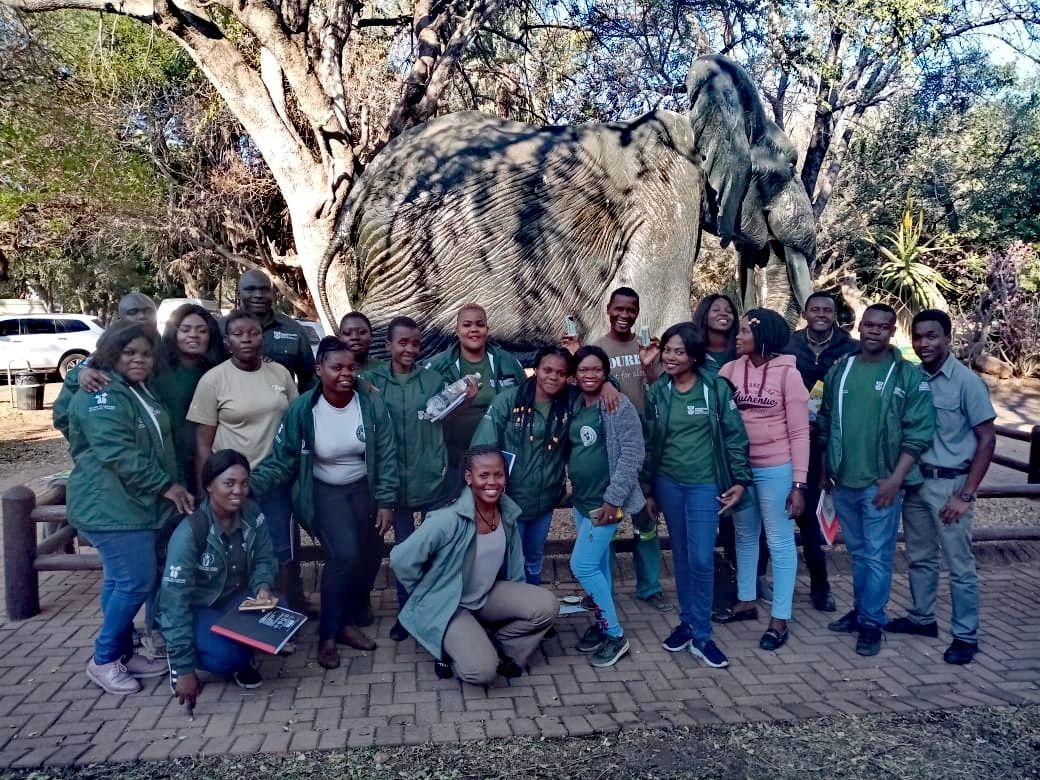

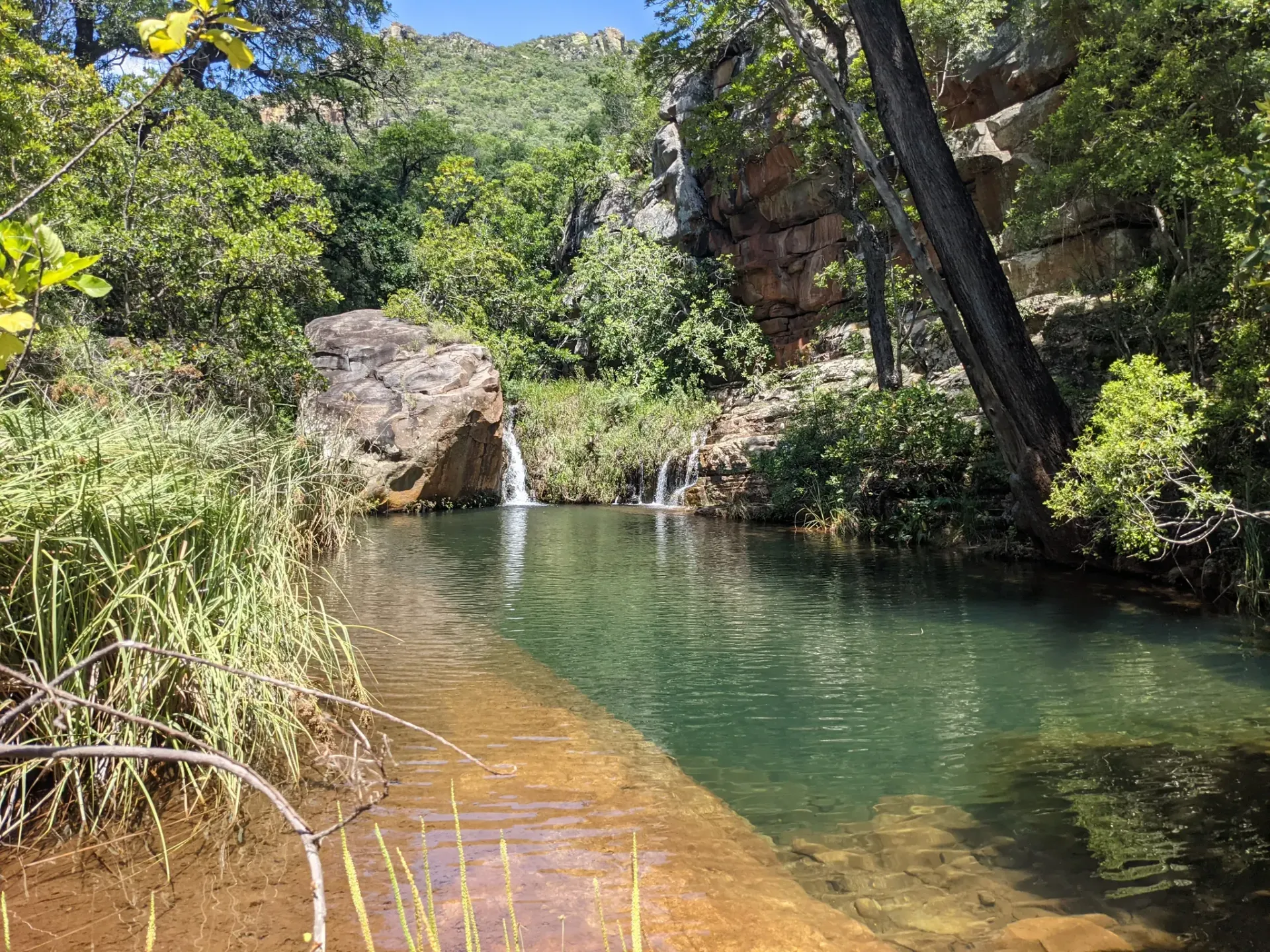



Hoedspruit Articles




